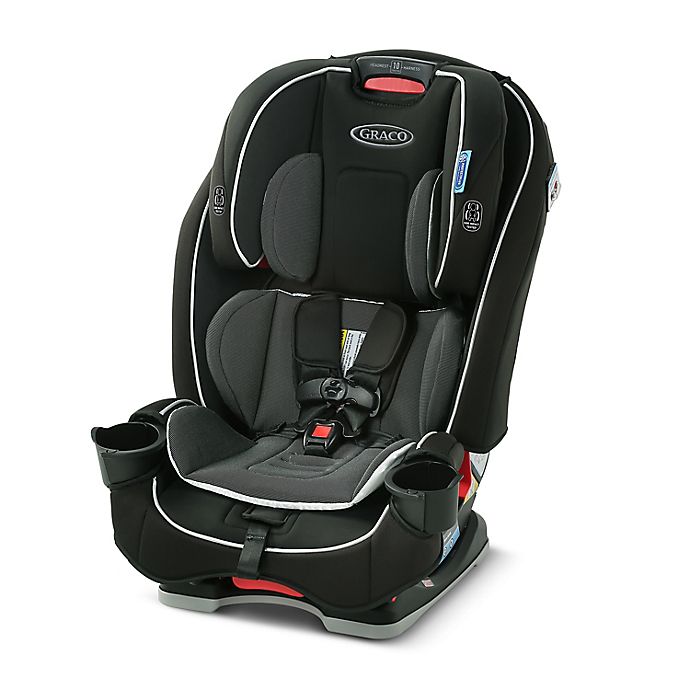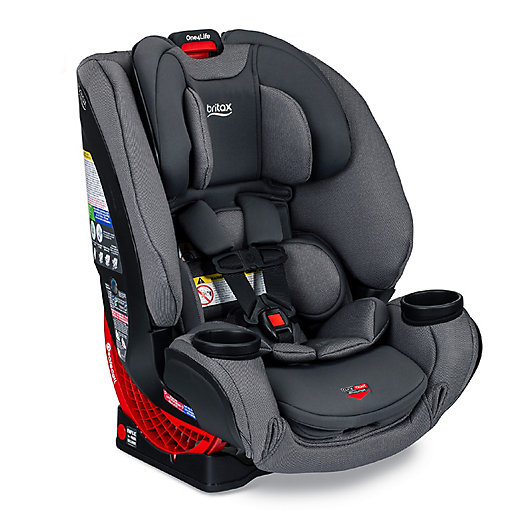RAVA™ Flame Retardant Free Convertible Car Seat – NUNA
Made without fire-retardant chemicals, this convertible car seat provides a safe, comfortable haven for your little one from birth through toddlerhood.
Made without fire-retardant chemicals, this convertible car seat provides a safe, comfortable haven for your little one from birth through toddlerhood. The adjustable style allows kids up to 50 pounds to ride back-facing longer than many other seats do.
Why parents will love it: The harness adjusts with one hand to keep up with inevitable growth spurts, and the seat offers 10-position recline and head support, so it’s easy to find just the right position. The style is aircraft-certified and simple to install, so it can travel right along with you. And for extra peace of mind, it is free of flame-retardant chemicals, so you won’t have to worry about their long-term effects on your child.
Why kids will love it: Designed to provide up to two additional inches of legroom when rear-facing and extra support for forward-facing riders. Flip-open cupholders—one at each side—keep beverages and snacks within reach, then fold out of the way when not in use. Ventilation panels help to ensure baby doesn’t wake up sweaty and cranky during longer trips.
Child weight/height: 5–50 lb. rear-facing; 25–65 lb. forward-facing; up to 49″.
Car seat weight/dimensions: 25″ x 16″ x 19″.
Safety features: Energy-absorbing foam and SIP (Side Impact Protection) pods offer side-impact protection; all-steel frame and reinforced belt path for superior protection.
Harness: No rethread; five-point harness adjusts with one hand.
Car installation: Simply™ secure installation makes life even easier with recline-angle guides that clearly confirm the perfect riding angle. Colored belt-path indicators help prevent strap-threading errors.
Stroller compatibility: N/A
- Head and body inserts are removable
- Energy-absorbing and side-impact-protection pods
- Polyester/steel/plastic
- Machine-washable knit fabric; easy-to-clean seat pad
- Imported
- Kids’ Wear
- Item #5797380






by Arqangels
Ever since we got this car seat from Nuna my 1 year old baby buy then is very comfortable unlike the other brands that we have tried before using this car seat. And now, we’re planning to buy one more for our 9 month old baby. Very comfortable for the kiddos . I recommend this product for every parents out there.
by Isamart
Great car seat and easy to install. Easy to get my daughter in and out of it. Any stains can be wiped off pretty easily. Car seat is sturdy. Would recommend!
by Mama
I’m a Nuna loving mom. We purchased this for my son when he outgrew his PIPAS. It’s so sturdy and made of beautiful, soft fabric. It’s soooo easy to install. I don’t travel with mine as it’s super heavy and had or order other car seats for when we are off island. With that being said, I’ve noticed you get what you pay for here with Nuna. No other car seat compares! I did so much research and was always pointed to the Nuna brand. I recommend to everyone!
by Kyliet
Super comfy and easy to install. We absolutely love it!!!
by Fordy
I absolutely love this car seat. We are resisting the need to buy a larger car and I love that this one fits in my Mini Cooper! My baby is comfortable and safe. I also love how this seat can be used for a long time. The recommended install with the seatbelt is amazing and makes it so easy to transfer or adjust this seat if we need to. Highly recommend!!!